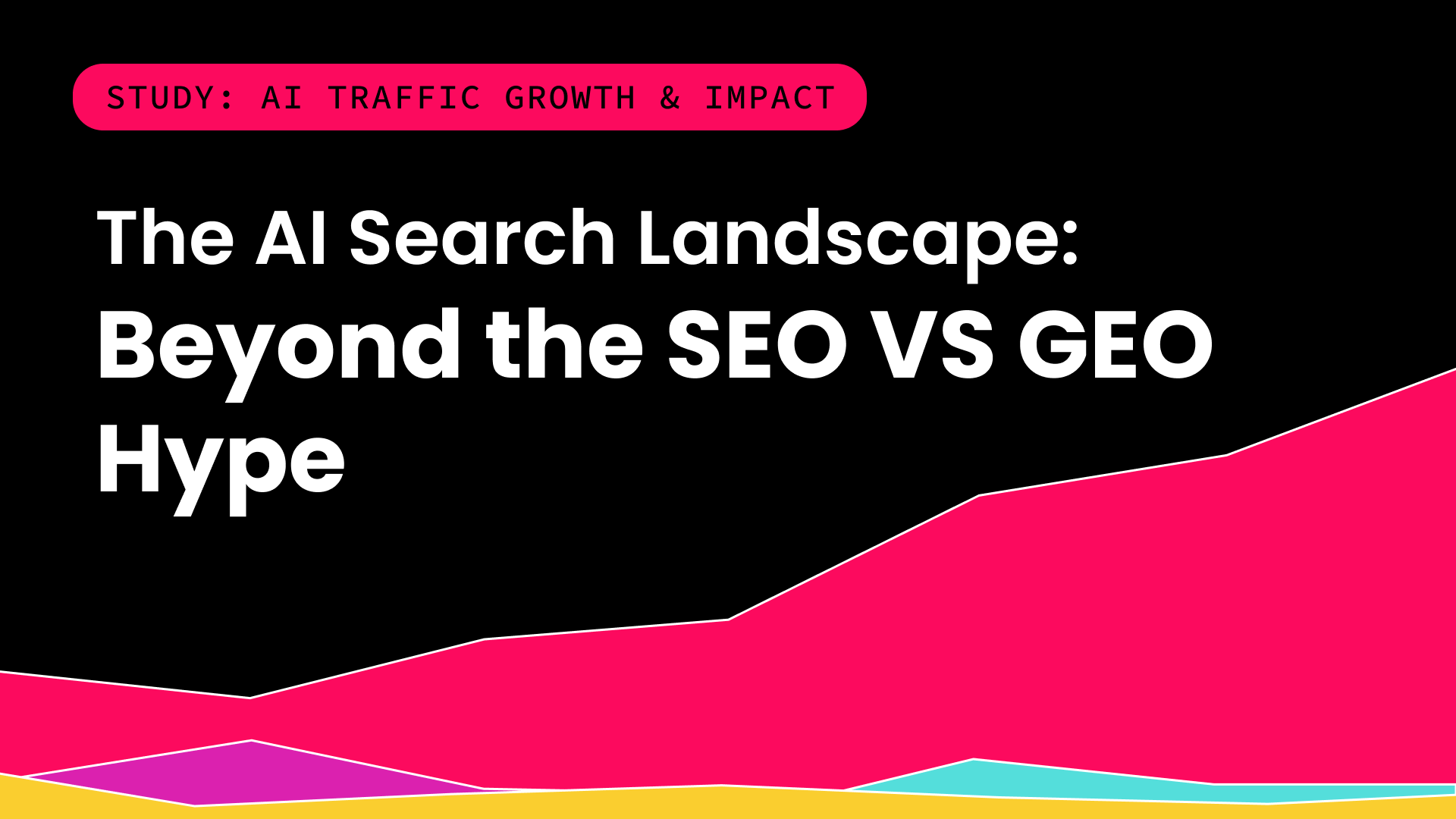Estimating CTR for top ranking keywords has long been a subject of debate in the digital marketing industry. Wil Reynolds, recently argued "25+ reasons why predicting CTR from rankings is impossible." With a more competitive SERP landscape than ever before, spending time trying to estimate CTR will most likely be a fruitless effort of your time.
And now, I have the data to prove it. I recently collected data for two enterprise clients targeting the same head term, and it offered a surprising new CTR model to consider.
Here’s the situation: Both clients rank on page 1 for a very high volume, competitive head term. By high volume, I mean over 1.2M Average MSV (Globally). Within the US we’re looking at around 300k Average MSV. These clients serve two very different audiences, but if you boil both of them down to what they sell, it’s the same key term.
Here's the data:

Key Lessons from this Data-Set:
Determining Google CTR isn't an exact science
When pinpointing Google CTR for high ranking keywords - it's crucial to take a variety of factors into account and use a range of sources to pull Google CTR data, such as GWT and industry studies.
In the past our methodology has been to employ a good / better / best model with a variety of CTRs based on industry-accepted studies. Thank you to Philip Petrescu via Moz for putting them all together in this.

Source: https://moz.com/blog/google-organic-click-through-rates-in-2014
According to that variety of studies, position 1 can get you (on average) a CTR of anywhere from 17% to 42%.
The Moz study also gets into a different assortment of studies which asserts you can expect (on average) at least a +20% CTR for position 1. Historically we’ve used models similar to that at Seer while applying a good / better / best model. And even that has rubbed me the wrong way, because if our Analytics division has taught me anything is that you should really benchmark against your own data. But in some instances, it checked out.
But that was then, and this is now. Position 1 isn’t driving a 30% CTR, or a 20% CTR, or even a 10% CTR. It’s barely above a 5% CTR!
Your customer journey will impact your CTR model
For the head term we’re basing this analysis on, the customer journey is long. On average the journey takes 9-12 months. So for a head term that represents so many options and such a long decision-making process, why would we assume our searcher would vastly prefer the site ranking in position 1 to the site ranking in position 4 or 8 or 10? She’s not rushing her journey, and as such she’s experiencing all of page 1 rather than pulling the trigger on the first option.
I have another client in a much different space, offering a product that their brand is synonymous with and entails a much shorter purchase journey. Our CTR for Position 1 for that non-branded query is 25%. Makes sense.
The competitive landscape of the SERP will impact your CTR model
For the head term we’re basing this analysis on, there is a lot going on within the SERP. We have local results, paid results, shopping results, and image results. By the time our user gets down to the good old fashioned organic results, they’ve seen a lot.
Consider how impactful a 5% CTR is for a query with 300k MSV
While it’s not the 20% CTR I was expecting, there’s still a significant difference between the traffic you can drive in position 1 compared to position 4. Even for a broad, TOFU query with a busy SERP, Site ABC drove 20k more visitors than Site XYZ through this query.
Sometimes, Google WMT (Search Console) is drunk
I don’t know why they are reporting Site XYZ to have 1.4% less impressions than Site ABC. That does not make any sense, and is a reminder to offer these reports and projects with anything less than a 100% degree of confidence.
If anyone has any similar (or different!) experience with CTR models differing from your actual data, please share in the comments or let me know via Twitter.


.png)
